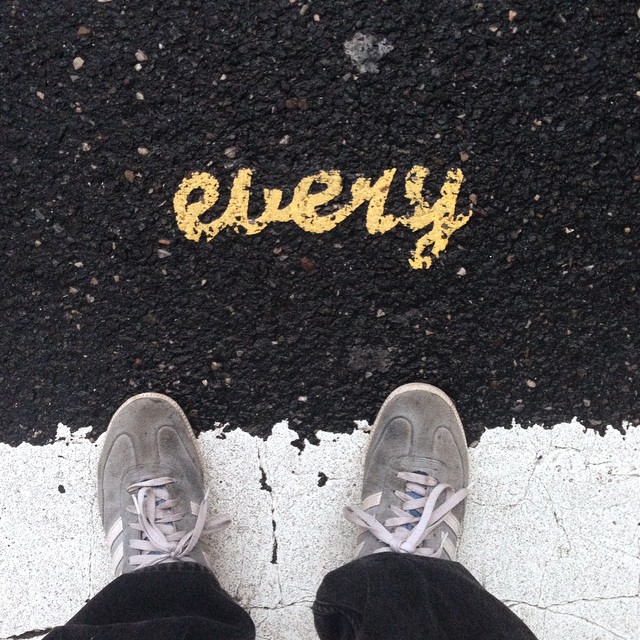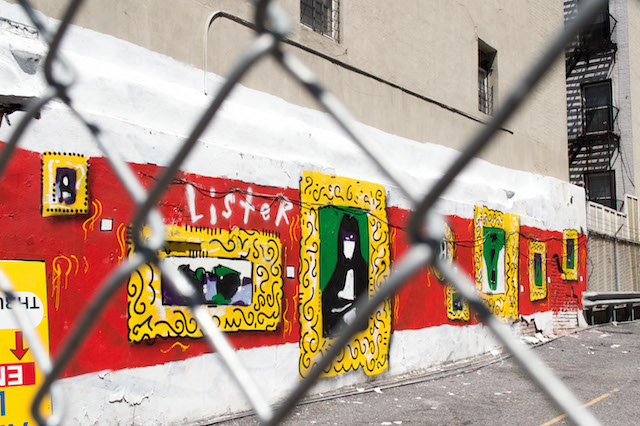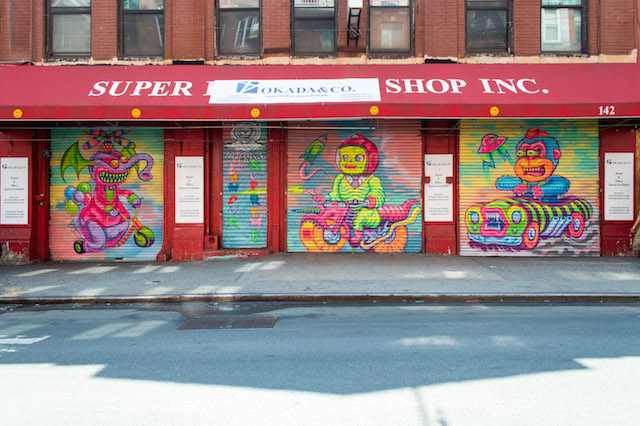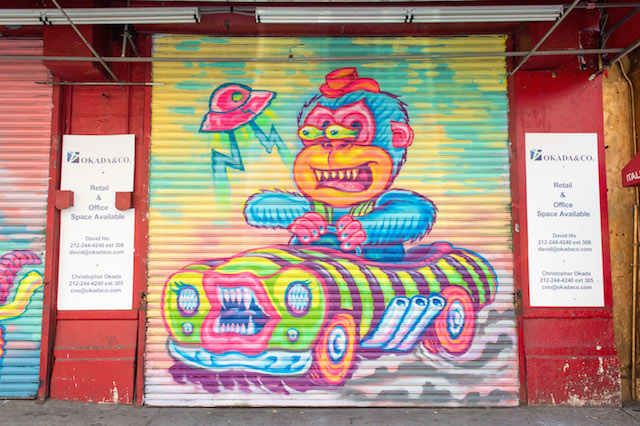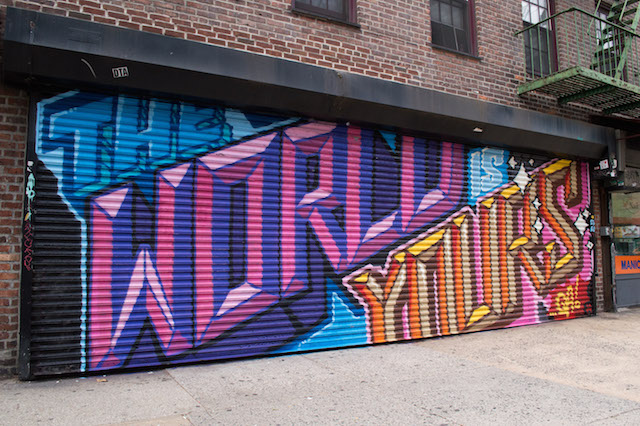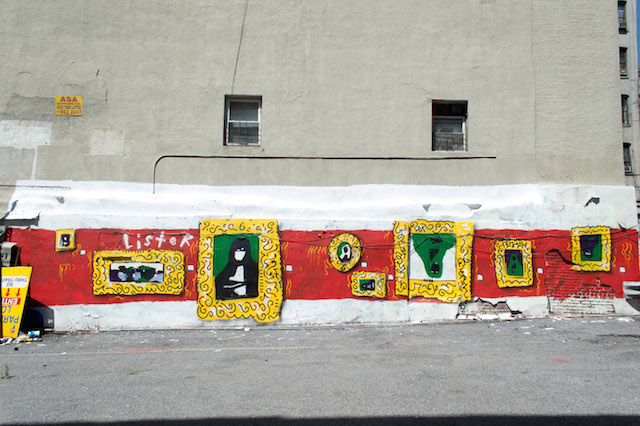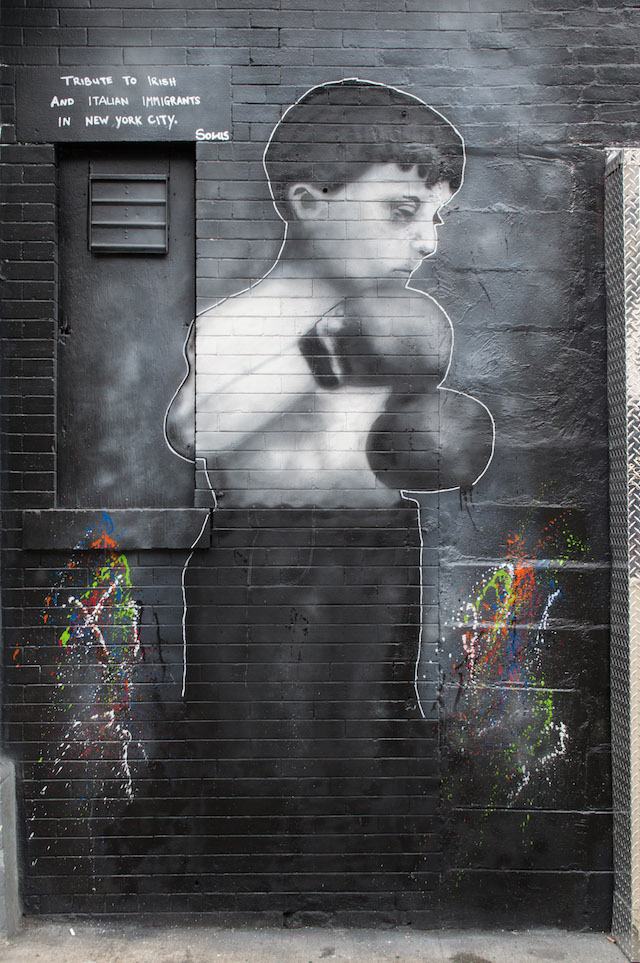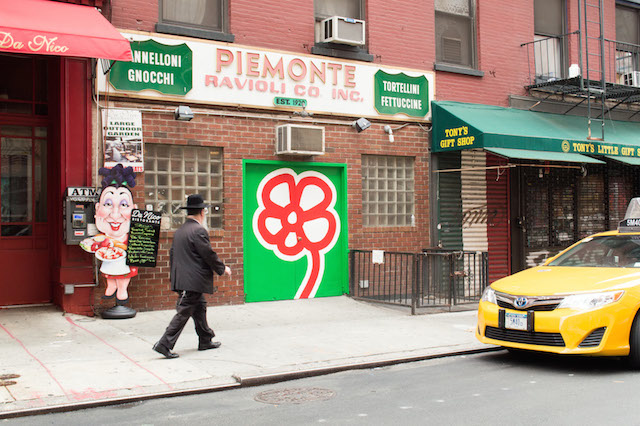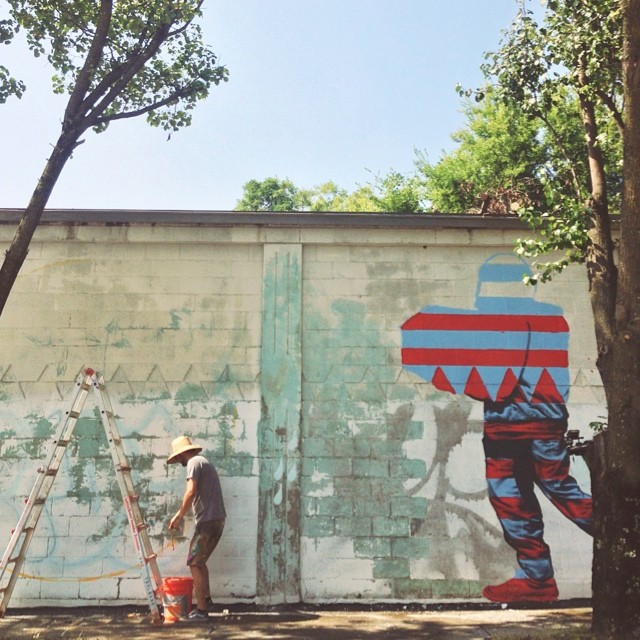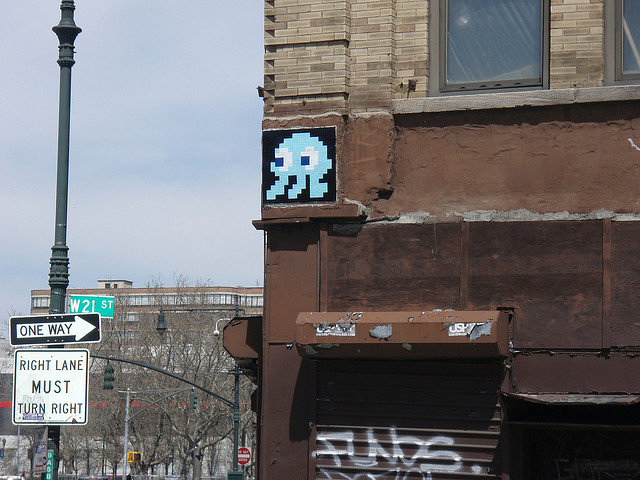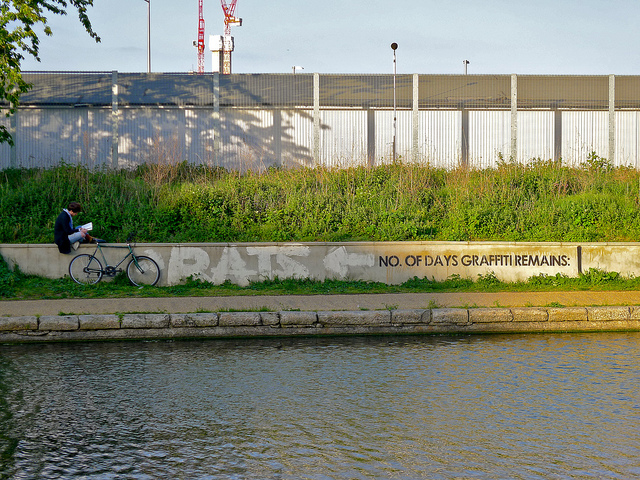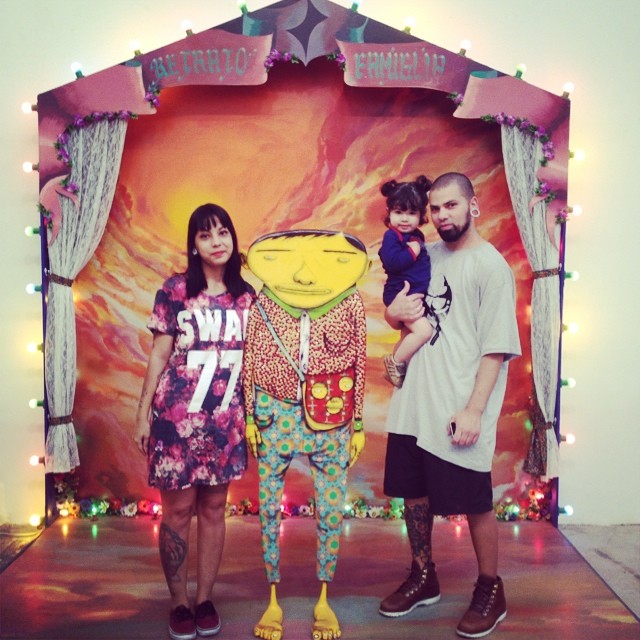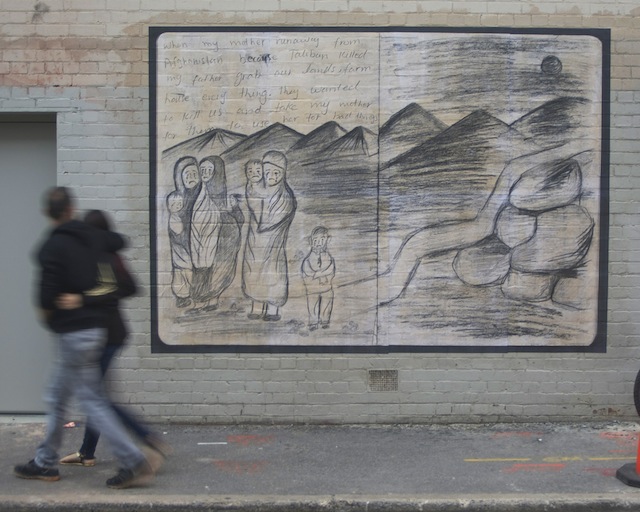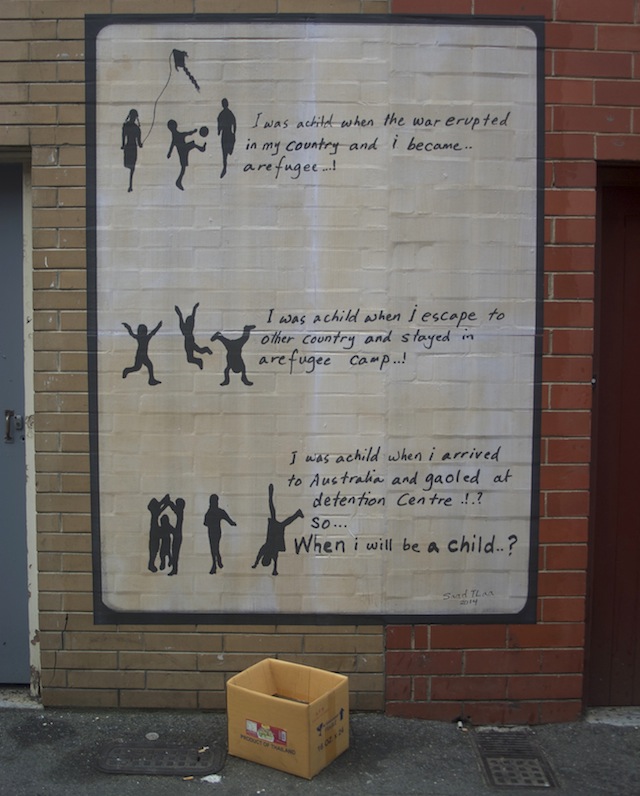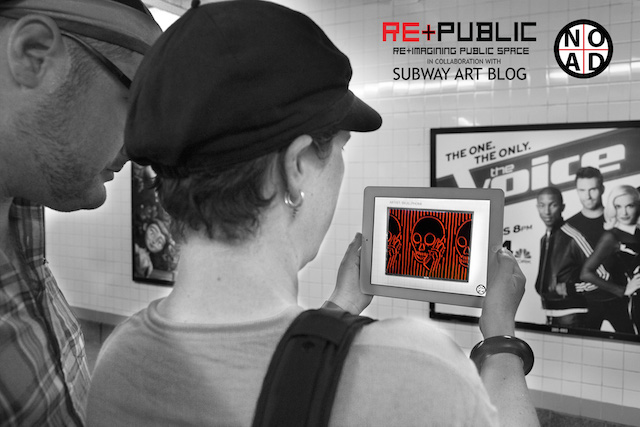
I should be working on something else right now. I should be doing writing that I really need to finish ASAP, writing that could bring me some considerable upside both in money and reputation. But then Jordan Seiler and the heavy projects (as Re+Public) and Subway Art Blog went and released their awesome and eagerly anticipated new app: NO AD. So I’ve become momentarily distracted, and you should be too. Go download NO AD right now (for Android or iPhone), especially if you live in New York City.
NO AD is an augmented reality application that gives you a glimpse of the New York City subway system without advertisements, a world where billboards are for art instead of ads. NO AD replaces the top 100 ads in the subway system at any given moment with art. How? By using the ads like QR codes. Simply download the app to your phone, open it while you’re on a New York City subway platform, and point your camera at an advertisement. On your phone’s screen, you’ll see the ad almost magically replaced by artwork. Download the app now, and give it a try with this image:

See how amazing that is?
And here’s a short video about the app:
This idea isn’t entirely new. NO AD may remind some readers of Steve Lambert’s Add-Art or Julian Oliver’s The Artvertiser. But Add-Art hasn’t been functional for some time and The Artvertiser never really made it beyond a fun experiment and no longer appears to be in development, so it’s great to see other artists take up the mantle of digitally and legally replacing ads with art.
One question that I’m sure will come up: How does NO AD know what subway ads look like? The app developers essentially have to feed the app information about what ads are up in subway stations at any given time, which means that they have to go out and photograph every different subway ad they can find and rotate ads in and out of the app. As new ads rotate in, so will new artwork.
On some level, NO AD is an ad takeover tool. It takes space that is currently filled with ads and replaces those very specific ads with art. They could have just as easily used other objects around NYC as “triggers” for the art, but they decided to go with ads. Plus, for the initial launch, they’ve partnered with about 50 artists, many of whom have been outspoken critics of public advertising.
Today, NO AD is a kind of “what if,” a thought experiment to get people thinking about what it would be like to replace the ads with art, because of course you still need to take out your phone, open the app, and look at specific ads to see the artwork. So, essentially, it could be said that the app is a gimmick to get people thinking about replacing ads with art, rather than a tool to actually achieve that.
But NO AD may not be just a thought experiment in a few years. Fast forward to when everyone and their mother is wearing some version of Google Glass all day long. There will still be ads on the subway, but with NO AD running in the background on your Google Glass, you won’t see the ads. You’ll just see art exhibitions.
And that’s the other half of NO AD, the part that is more than just a thought experiment or a very long-term thinking anti-advertising strategy: It’s potential as an exhibition space. The first set of artists whose work is being exhibited through NO AD (including Vandalog’s Caroline Caldwell) are a motley crew of experimenters and friends of the organizers, which isn’t such a bad thing since these guys have some very talented friends, but imagine given a single artist a chance to take over all of the ads on the subway, or bringing in a professional curator to use NO AD and the subway system as an exhibition space in a more organized way. NO AD is an exhibition space that exists somewhere between the physical and the digital, always bringing with it an energy of political activism and chance.
NO AD is a glimpse into the future, a new exhibition space, and a platform for activism. I’m excited.

